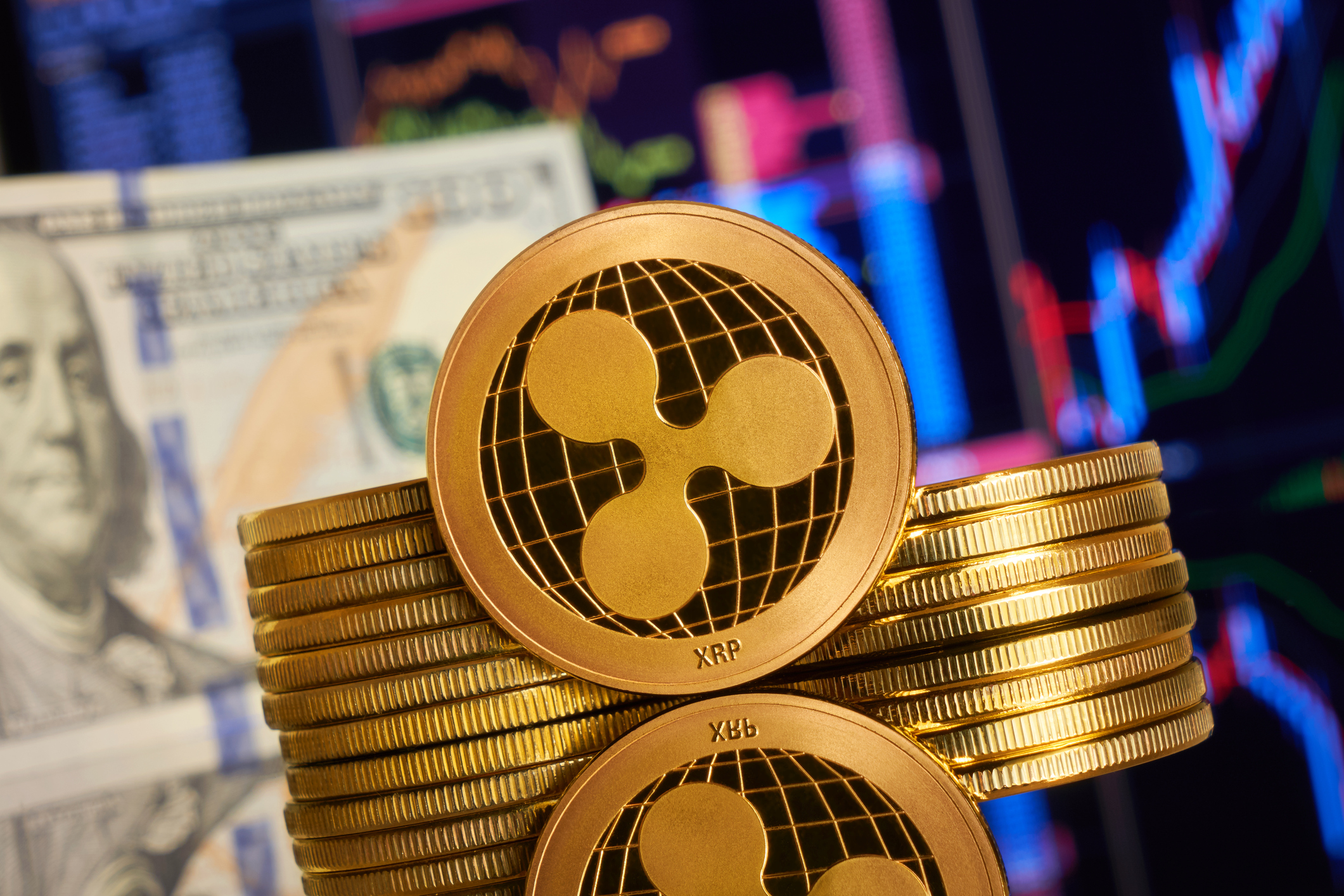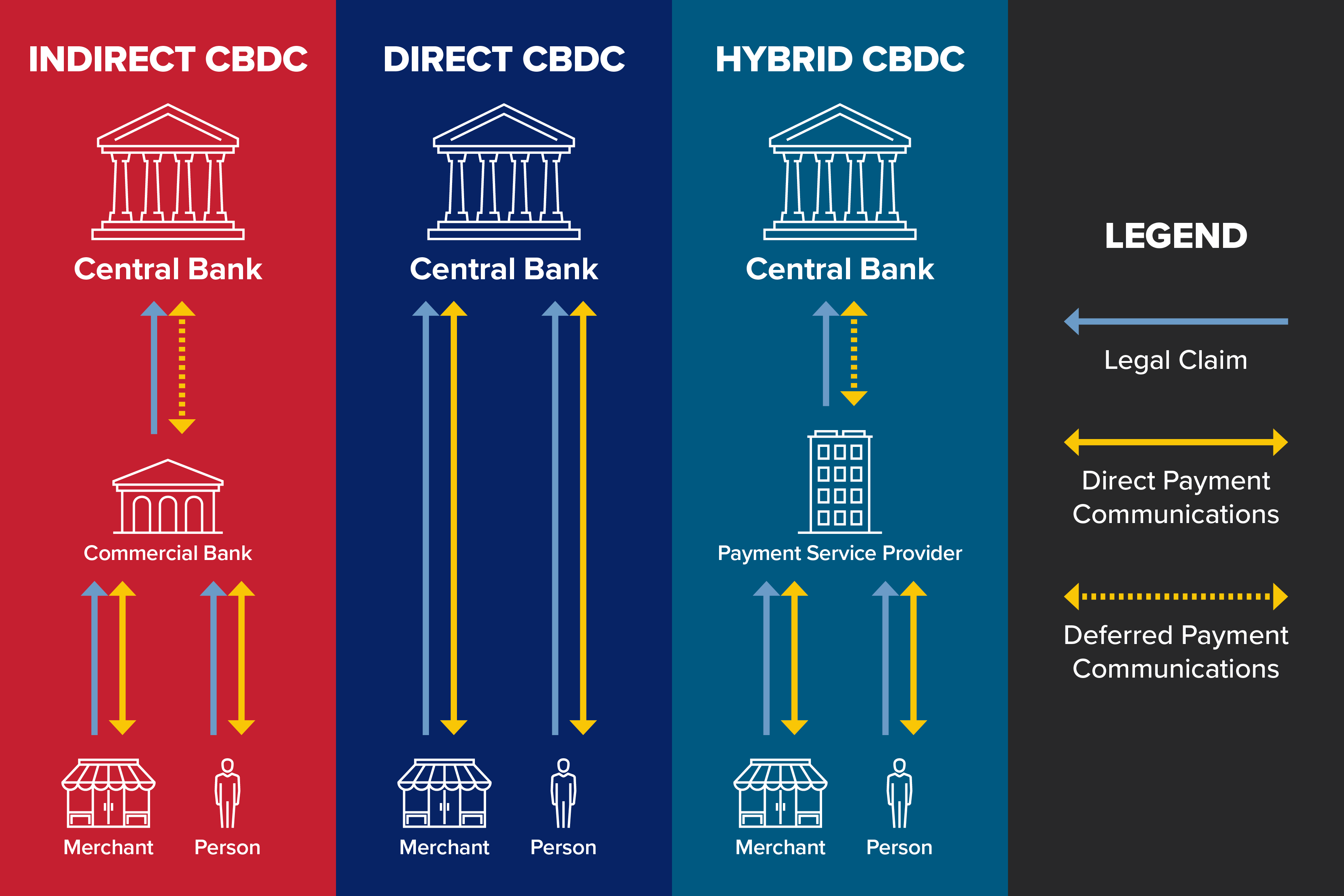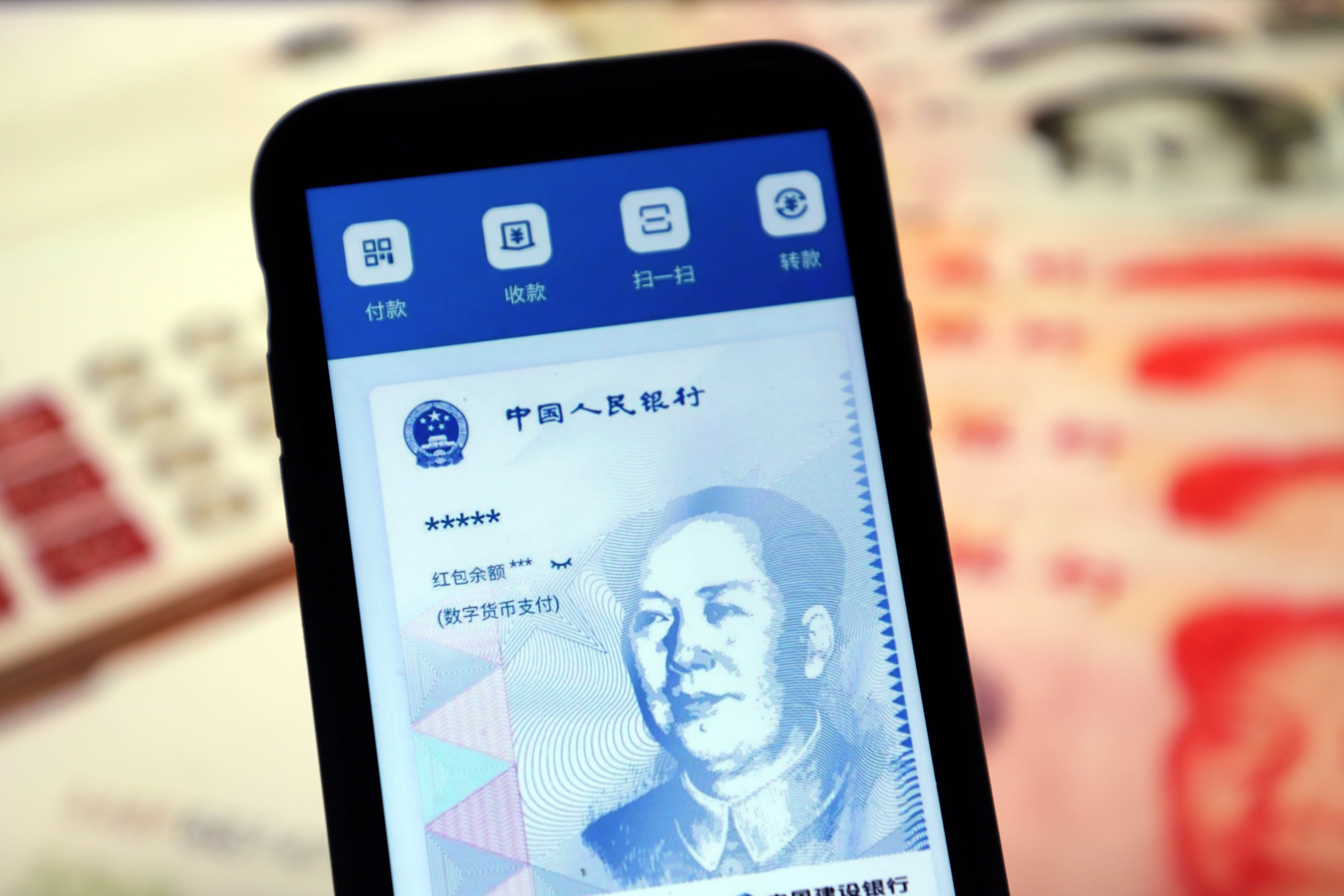The XRP Conspiracy:
A Deep State Creation for Global Financial Control

In the shadowy world of global finance, cryptocurrency emerged as a revolutionary tool, promising decentralization and financial independence. Bitcoin and Ethereum, the pioneers of this movement, inspired millions to believe in a world free from the grip of centralized powers like governments and banks.
However, lurking beneath the surface of this utopian vision is XRP, the "black sheep" of the crypto world—a token widely considered centralized, tied to traditional institutions. But what if this centralization wasn’t an accident? What if XRP was engineered not by a tech startup but by a powerful force intent on maintaining global dominance?

XRP: A Trojan Horse for Global Financial Hegemony
The conspiracy begins with the creation of XRP by Ripple Labs. While the world believes that Ripple is an innovative company, focused on making cross-border payments faster and cheaper, many conspiracy theorists argue that XRP was conceived by none other than the CIA or an even deeper, covert branch of the U.S. government.
At a time when China's economic rise seemed unstoppable and its Belt and Road Initiative was spreading its influence across the globe, the U.S. government feared losing its financial grip. The world was slowly shifting away from the petrodollar, and cryptocurrency—particularly Bitcoin—was viewed as a threat to the dollar’s status as the world reserve currency. To maintain its global supremacy, the U.S. needed a solution that would leverage the emerging crypto economy while keeping control centralized within its sphere of influence. Enter XRP.

The CIA’s Hidden Hand
Ripple’s founders—allegedly tied to intelligence networks—had the perfect solution: XRP. Unlike Bitcoin or Ethereum, XRP doesn’t run on a fully decentralized blockchain. Instead, its consensus mechanism is controlled by a group of validators, many of which are believed to be closely linked to traditional financial institutions and, more crucially, covertly tied to government entities. These validators can theoretically control the entire network, making XRP’s claim to decentralization tenuous at best.
What if the validators are, in fact, the CIA's proxies? By embedding itself into the very infrastructure of global finance, the U.S. could steer the growth of the digital economy while remaining hidden in plain sight. XRP could appear to be a fast, efficient cross-border payment solution, but in reality, it would function as a tool for surveillance, control, and manipulation of the global financial system.

XRP and the Rise of CBDCs
As central bank digital currencies (CBDCs) gain traction across the globe, Ripple's XRP is being positioned as the ideal bridge currency between various CBDCs. This is no coincidence. CBDCs, which allow governments to control every aspect of financial transactions, are inherently centralized. The ability to track, freeze, or manipulate funds is crucial for maintaining power in a digital world.
XRP’s close ties with governments, especially through its partnerships with central banks, have raised eyebrows. The token is being hailed as the perfect solution for seamless CBDC transactions between countries. But what if this is part of a larger scheme to tether the global economy to a digital currency controlled by the U.S. government? By embedding XRP into the fabric of CBDC infrastructures worldwide, the U.S. could maintain its dominance over global trade, ensuring that no other nation—especially China—can truly escape its influence.

China’s Role: A Foil in the Grand Design?
China, recognizing the threat of U.S.-dominated cryptocurrencies, has launched its own CBDC, the digital yuan, and heavily restricted other cryptocurrencies, including Bitcoin. But here's where the conspiracy deepens: what if China’s restrictions on Bitcoin and its promotion of the digital yuan were predicted by the architects of XRP? By controlling XRP, the U.S. could neutralize China's digital currency threat by ensuring that the digital yuan must operate within an XRP framework for global transactions, effectively subordinating it to U.S. control.
Some theorists even suggest that the tensions between the U.S. and China over cryptocurrency are a carefully orchestrated game of chess, with XRP at the center. The ultimate goal? To create a global digital currency system where all roads lead to XRP—and by extension, the U.S. government. In this system, China, despite its aspirations for dominance, would be trapped within a framework it can’t fully control.
The Grand Plan: Global Financial Supremacy
The final piece of the conspiracy suggests that XRP is part of a broader plan to reshape the global financial system, aligning it with U.S. interests. By embedding itself as the backbone of CBDCs, XRP ensures that the U.S. retains control over global transactions, surveillance, and economic policy. Through Ripple, the CIA (or another shadowy entity) can monitor the flow of capital across the globe, manipulate markets when necessary, and maintain dominance over the digital economy as physical currencies fade into history.
In this dystopian future, XRP becomes the de facto intermediary for all international transactions, ensuring that no financial move is beyond the watchful eyes of the U.S. government. While other cryptocurrencies remain decentralized, they are relegated to niche roles, unable to challenge the global supremacy of XRP.
Conclusion: The Unseen Future
XRP, under the guise of innovation, may be the CIA’s ultimate weapon—a centralized cryptocurrency masquerading as a decentralized one, designed to infiltrate and control the global financial system as we shift into a world of digital currencies. As the world embraces CBDCs and cross-border payment solutions, XRP quietly solidifies its role at the center of this new economic order, ensuring that no nation, not even China, can escape the ever-present hand of the U.S. government. While the crypto world celebrates decentralization, XRP stands as a chilling reminder that true control is never relinquished—it just evolves.
In the end, Ripple’s success may be seen not as a victory for financial technology but as the execution of a decades-long plan to maintain global dominance through digital means. The next time you transfer money using XRP, ask yourself: whose hands are really guiding that transaction?

© 2024 onlytradings.com. All rights reserved. The information in this publication is for general informational purposes only and does not constitute professional advice. onlytradings.com assumes no responsibility for errors, omissions, or outcomes related to the use of this information. We maintain a neutral stance on all political matters, providing unbiased content that should not be interpreted as an endorsement of any political party, candidate, or policy. No part of this publication may be reproduced or transmitted without prior written permission. For inquiries, visit www.onlytradings.com.

